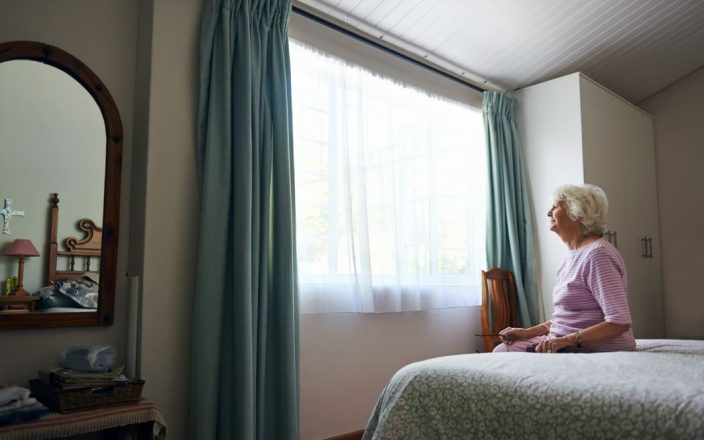2048년까지 65세 이상의 주택 임대 인구가 60만 명 이상으로 두 배가 될 수 있습니다.일부 연금 수급자들은 은퇴자금 저축의 거의 전부를 임대료로 지출하고 있습니다.
황가누이 출신의 익명의 한 연금 수급자는 최근 인터뷰에서 자신이 방 2개짜리 임대료로 주당 450달러를 내는데 연금에서 70달러밖에 안 남았다고 밝혔다.그녀는 경비를 충당하기 위해 아르바이트를 하는데, 이로 인해 미래에 대한 스트레스가 쌓인다.그녀는 더 저렴한 아파트를 기다리고 있지만 5년을 기다려야 합니다.
또 다른 연금 수급자인 이본 (Yvonne) 은 오클랜드에서 임대하는 것에 대한 걱정을 털어놓았다.그녀는 방 1개짜리 아파트에 주당 495달러를 내는데, 주당 받는 돈은 겨우 25달러에 불과하다.겨울철 에너지 지원금이 끝나면 그녀는 식료품과 공과금을 겨우 135달러에 살 수 있게 됩니다.Yvonne은 3년 동안 주택 대기자 명단에 이름을 올렸으며, 집이 없는 고령 세입자들을 두려워하고 있습니다.
애비필드 (Abbeyfield) 라는 자선 단체는 고령 세입자들이 저렴한 주택을 이용할 수 있도록 돕기 위해 노력하고 있습니다.숙소는 14개 숙소를 보유하고 있으며, 식사 및 공과금을 포함한 주당 440달러에 객실을 제공합니다.이러한 주택에 대한 수요는 높은 편으로 점유율이 98% 에 달합니다.루스 시브라이트 (Ruth Seabright) 최고 경영자는 수요를 충족하기 위해 새 주택을 짓기 위해서는 더 많은 자금이 필요하다고 말했습니다.
크리스타벨 잭슨 (79세) 은 애비필드의 한 주택에 살고 있는데, 월세에 모든 것이 포함된 임대료가 삶을 변화시키고 있다는 것을 알게 되었습니다.그녀는 공동체와 공동의 생활 경험을 즐깁니다.
애비필드 주택을 짓는 데 드는 비용은 4백만 달러이며, 기부금과 정부 지원으로 충당됩니다.그들은 향후 10년 동안 매년 한 채의 새 집을 지을 계획이지만, 시작하려면 정부 자금이 더 필요합니다.
최근 조사에 따르면 뉴질랜드에서는 수요를 충족하기 위해 2033년까지 은퇴자 마을 주택이 8,400개 더 필요할 것으로 보입니다.노인 간호 협회의 최고 경영자 트레이시 마틴 (Tracey Martin) 은 이러한 부족과 2032년까지 12,000개의 요양 병상이 더 필요할 것으로 예상된다는 점에 대해 우려를 표명했습니다.그녀는 이러한 문제를 신속하게 해결해야 할 필요성을 강조했습니다.Martin은 또한 모든 노인들이 집을 소유하고 있고 충분한 돈을 가지고 있다는 오해에 대해서도 언급했습니다.






























































